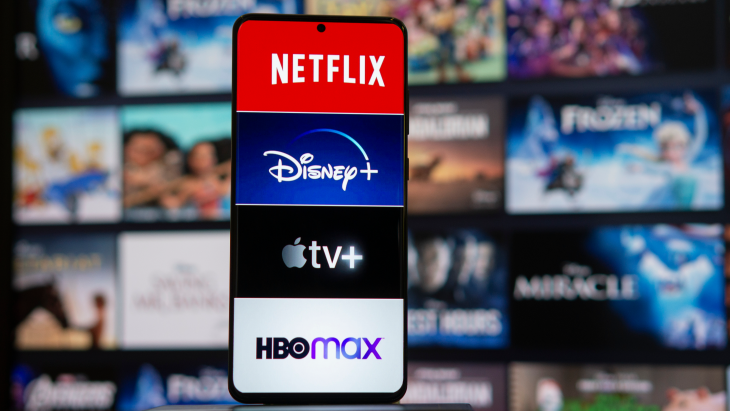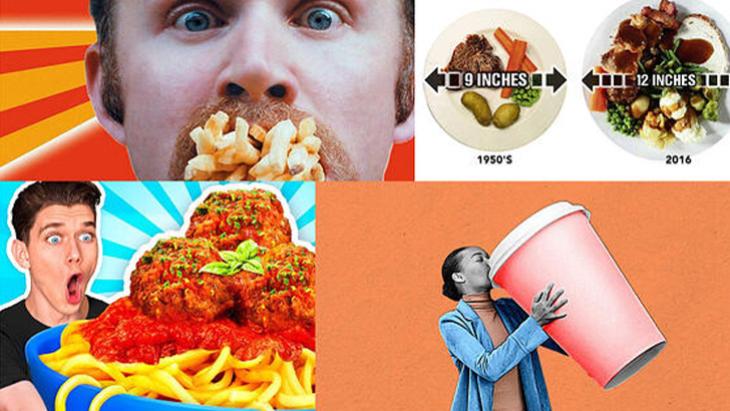Of course, in the main, the focus in our articles is on the corporate world, but sometimes a side step into the world of sport can lend new insights. For example, you marketing people play around a lot with Non Fungible Tokens (NFTs), and the sports world has now also got involved.
The sports world lends itself perfectly to the purchase of digital artefacts. After all, sports associations and sportsmen and women are fans, and willing to go a little further than standard customers. Moreover, buying and trading an image is a very normal phenomenon in that realm; in the NFL for instance, it's a tradition that has been going on for decans, and in Europe everyone's familiar with those Panini stickers featuring football players.
NFT
Okay, let's get back to the basics for a minute: a Non Fungible Token, or NFT, can definitely be compared to a sports image or sticker (but in a digital format instead). You pay a certain amount for a picture, purely on the basis of exclusivity, and the rarer the item, the higher the price becomes. An NFT is the digital version of this, and a prime example is the image of the first tweet by Twitter boss Jack Dorsey that he sold for 2.9 million dollars. At OpenSea, one of the places where you're able to trade in NFTs, there are several options in terms of sports, such as Wrapped Strikers, for instance, which are digital pictures of football players.
Meanwhile, there are several outfits across the globe that are involved with NFTs, which is evident by the amount of experimentation with the applications. For example, New York Mets player Pete Alonso launched his own digital baseball card in order to raise some money for Minor League players. In the football world, too, they are beginning to discover NFTs; a card of Lionel Messi was sold for over a million dollars for instance. The question meanwhile is whether there is a structural revenue model behind the rise of NFTs. Do we occasionally see some crazy amounts of money flit by, shrug our shoulders and leave it at that? Or is it, just like stadium visits, sponsorships and TV rights, a business model that needs to be taken seriously?
Two billions dollars
Fortunately, a solid report on NFTs in the sports world was published by Deloitte. According to the report, that industry is set to earn 2 billion dollars in 2022. Interestingly, the creators of the report mention something about ownership, namely that it's not the case that you become the owner of the rights if you buy footage of a defining sport moment for example, but that it is allocated a unique number, so it therefore has value by definition. Then the laws of supply and demand will simply apply. They compare it to the art world, where the original Rembrandts have a certain value, but that also applies to the sketches and even to the copies of his work. Interestingly, according to the report, NFTs offer an opportunity to consolidate the relationship with fans, such as NFTs you can use for Fantasy Football teams, or that offer you the opportunity to decide on which songs are played at the stadium. You can also, for example, develop shirts you can wear in a digital environment.
The report contains some strategies you can consider as a sports club:
- Confer a specific set of rights for content that could be sold as video clips;
- Identify a partner that can mint content into an NFT, noting that costs for minting vary considerably;
- Generate a scalable process, assisted by artificial intelligence, to identify and grade clips that could be sold as a set;
- Make the service as attractive to those on pocket-money budgets as to high-net-worth individuals looking for long-term investments;
- Experiment with ways to keep different types of collectors engaged, such as team-building sprints, sports betting, and other challenges;
- Consider complementary activities such as fantasy team-building competitions, an activity that could also be used to collect data about fans, with their permission;
- Consider video clips as just the beginning of an NFT strategy. NFTs can also be applied to other sports products such as tickets to a game and physical collectibles. NFT tickets can include a smart contract that directs a percentage of any resale of the ticket back to the issuing club;
- Additionally, NFTs could be applied to physical collectibles such as autographed baseballs or cyclist jerseys, further increasing the technology's ability to generate revenues for sports entities.
Joe and Robert disagree
In a recent episode of the marketing podcast This Old Marketing, Robert Rose and Joe Pulizzi looked back on the year in which they regularly talked about NFTs. Pulizzi is a big fan of them, while Rose is a bit more cautious. Pulizzi's viewpoint is that it's a new business model that could benefit the public and creators. Rose also believes that NFT/crypto will turn all business models upside down, but is not yet sure exactly how, and warns against too many bubbles such as trading in sports images that never really become the property of the buyer. If you buy 30 seconds of an important goal, then a TV network can broadcast those images, for a fee it then pays to the broadcasting corporation. "The Jpeg is not the NFT, it's about the experience behind it,'' says Pulizzi.
Arjan Leest, the strategy and innovation director at Cogonez, knows a lot about crypto and NFTs, so we put a clear question to him: are NFTs a nice gimmick for professional sports clubs or a serious business model? "NFTs are currently in a hype phase. If the reports are to be believed, astronomical amounts are involved in trading NFTs. Gold miners make or buy pictures en masse, which they then offer on NFT sales sites. It's especially entertaining to follow this at a distance. '' He certainly believes in NFTs, and thinks that there are great business models to be built around those NFTs, but we have to become realistic about their value. ''As in real life, we have to distinguish between art (high starting value), collector items (growing value) and goods (market value).'' In addition, in his view, NFTs should be usable, tradable, scarce and uncopyable. ''A sports club can sell NFTs (or issue them for free), such as digital tickets or videos of athletes. But you must then have a digital collector's book within a market place, because it is only within such a market place that your NFT will be protected against copying and distribution. Outside of a regulated digital environment, an NFT is just a digital image or video. Protected by copyright or a smart contract, but difficult to protect. ''
Leest thinks that the real value must be sought within the digital worlds in which more and more people spend major parts of the day. ''How cool is it when your avatar wears the shirt of your favorite sports club? Fans won't only be prepared to pay for that, it also contributes to brand loyalty and visibility – and, if shirts are for sale as a limited edition, then the product becomes a collector's item and the value will increase. ''
Conclusion
And that's the way it is of course: in terms of NFTs and crypto currency, sports organizations and clubs are still in the phase of 'seeing what is possible'. Or as Pulizzi always says: the players aren't even at first base yet, they're just crawling out of the dugout. Nevertheless, it is interesting to see how sports organizations can increase the bond with their supporters through NFTs. Could they arrange some form of 'access to the players/sports people' through NFTs? And, is it possible to sell a digital version of a shirt through NFTs? How do you remain credible in the eyes of the fans? And yes, brands also have their own following of course, so there's quite a bit to learn from each other. We'll continue to keep our finger on the pulse on this one.







Plaats als eerste een reactie
Ook een reactie plaatsen? Word lid van Adformatie!